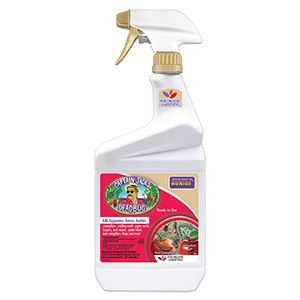Walnut Husk Fly

Identification:
Adult walnut husk flies are small (about the size of a housefly) and colorful pests of walnut orchards. They can be identified by the yellow spot where the wings attach to the body and by the three dark bands on their wings. These bands are useful in positively identifying walnut husk flies from other fly pests common in walnut grows. Look for adults starting in May; however, adult emergence can occur as late as early July. Look to trap as soon as possible. Peak season for adult walnut husk flies will be between mid-July and mid-August.
Damage:
Walnut husk fly adults cause small, dark spots on walnut husks when they lay eggs. These are generally found on the shaded side of the nut near the stem. These egg deposits quickly hatch into larvae (maggots) which feed inside the nut husk causing the dark spots to grow. The feeding continues for 3-5 weeks before mature maggots drop to the ground to pupate. These pupae may remain in the soil for multiple years prior to emerging. Prolonged feeding by husk fly maggots results in stains on the nutshell. Severe early season infestations can yield disfigured, moldy kernels not fit for sale.
Controlling Walnut Husk Fly:
There are currently only a few organic ways to control walnut husk fly and they should be done in tandem through the pest season. Proper timing of treatments is essential for effective control of walnut husk flies. Once adults are spotted, apply insecticide treatments immediately as adults reproduce rapidly after emerging.
- Trapping & Monitoring – Place yellow sticky traps on the shaded side of trees at a rate of two traps per 10 acres. Traps should be hung at least 6 ft. high near developing nuts/fruit*. In gardens, use one trap per host tree. Replace traps monthly.
- Insecticidal Treatments – Time applications when trapped fly numbers significantly increase over a three day period. Spinosad and GF-120 are effective sprays. It may be best to add molasses to spinosad solutions as a bait.
- Repeat Controls – Since husk flies can remain in the soil for multiple years, it is important to repeat this process for a few years in areas where they have been a problem.
For more detailed information about the best ways to manage walnut husk fly, check out Utah State University's fact sheet.
-
$4.99–$87.50
-
$9.99–$29.99
-
$15.99–$124.49
-







